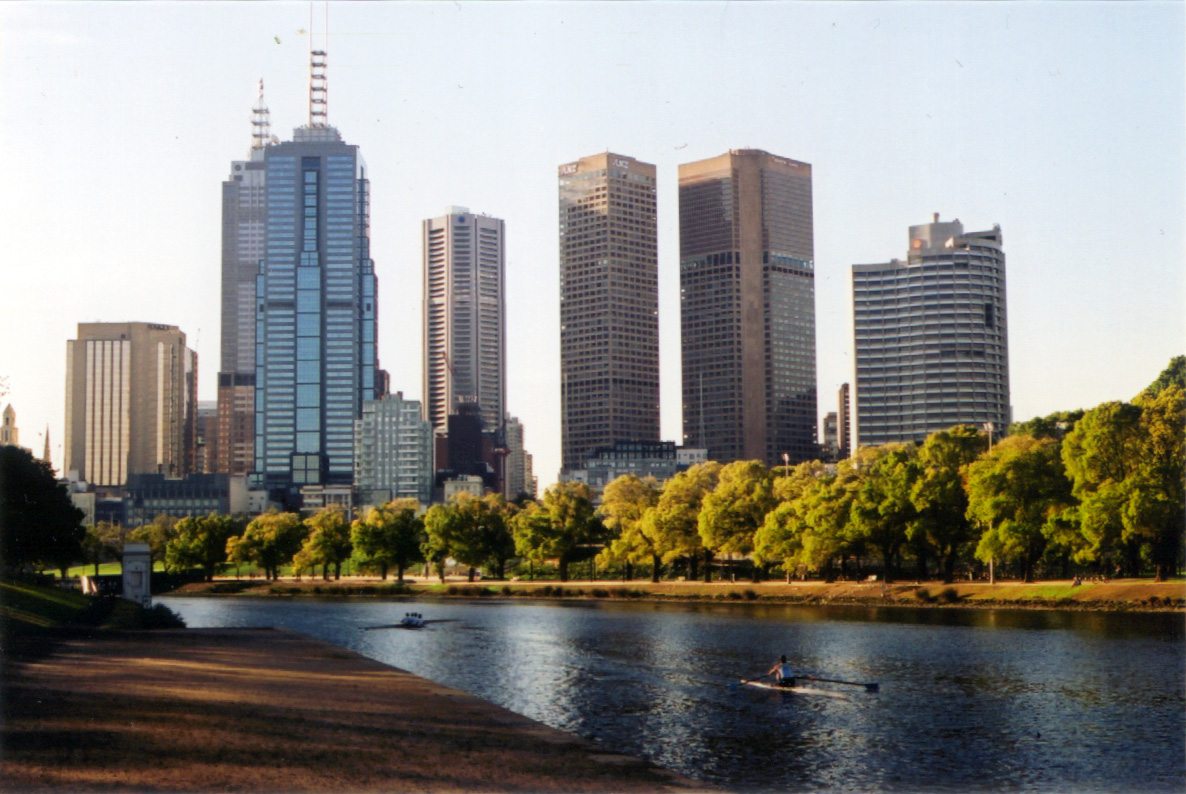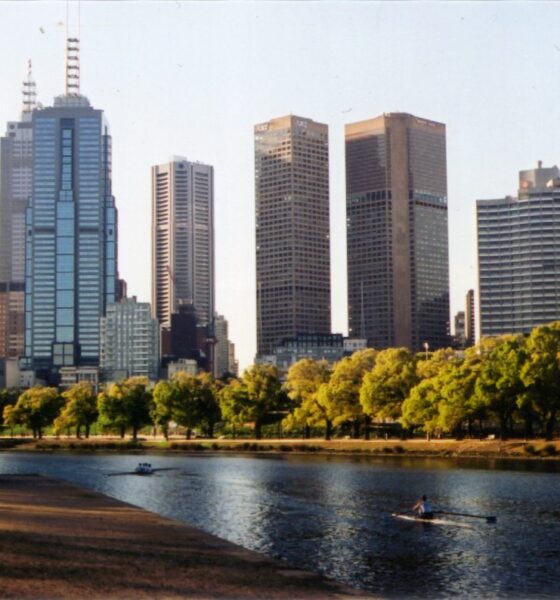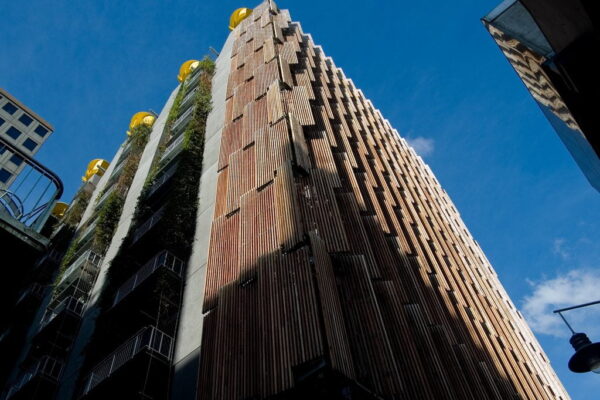

Economy
Thriving, livable and green, Melbourne walks the talk as a sustainable city
Australia’s second largest city, Melbourne is a busy and vibrant place for people to live, work, socialise and explore. What come with such a thriving economy are high levels of consumption and the potential for significant environmental impact.
However, Melbourne has been transformed by local organisations and government structures to become one of the most ecologically sufficient municipalities in the country. In fact, it is working to become one of the world’s most sustainable cities, and all around are signs of a ‘green’ city.
Significantly, Melbourne city council practice what it preaches. Its headquarters, called Council House 2, has led the way in environmentally sustainable design, creating a model for similar buildings and becoming Australia’s first six Green Star rated office.
Existing buildings have had efficient heating, cooling and water systems installed, new waste solutions set up, and the amount of energy needed to light the town hall will be halved. But the city council is only one small part of the make-up of the city, and thus support needs to be, and has been given, to businesses and residents to also alter their way of producing and consuming.
Many of the changes have come as a result of Eco City Transition Plan – a manifesto outlining the steps for Melbourne to achieve its goal to be carbon neutral by 2020.
It’s no good just starting now, though. The city believes that if 1,200 commercial buildings retrofitted their properties with modern technologies and improved energy efficiency, the greenhouse gas savings would put it well on the way to its goal.
Even the famous Queen Victoria Market, founded in 1870 and since then heavily visited by locals and tourists alike, demonstrates local clean energy generation via its solar panels, proving that adjustments to even historic and well-used sites can reap dividends.
Neutral is a buzzword, with energy neutral water harvesting and carbon neutral electricity schemes a key focus for the area. Residents are supported to set up and run their own schemes and provided with the necessary resources to do so, such as the Smart Blocks initiative and all public places having recycling bins aplenty. The city’s 1,200 buildings programme provides the means and funding to retrofit existing buildings – an important and significant recognition than existing rather than new buildings will have the greatest results.

Council House 2, Melbourne city council's headquarters, was awarded the maximum six Green Star rating in 2005 - the first building in Australia to achieve this standard. Photo: Jonathan Lin (jonolist) via Flickr
Melbourne is, literally, green. On a clear day, you may see green roofs and walls. Such buildings support plant growth and allow for added insulation, as well as biodiversity and increased natural absorption of damaging gases. In addition, the Urban Forest Strategy is the city’s tree plan for the future, adapting to a changing climate. Its canopy cover will double by 2040, planting diverse tree species to create a healthier and cooler landscape. Meanwhile, every day hundreds of people can be found in the city’s parks.
Of course, vehicles are main contributors to greenhouse gases and climate change, and Melbourne makes it easy not to, with its tram system and the free Circle Line. This is the retro designed and informative tourist route that encircles the CBD – an extensive network of dedicated bike lanes and cheap bicycle hire schemes, inviting parks and long walks along the Yarra. Swanston Street, the main street in Melbourne, is closed to car traffic. It is perfectly possible to travel around the city without leaving much of a footprint at all.
One thing that allows the schemes to be successful and adopted so well is that the benefit is not just apparent for the environment, but upon the economy. In September 2013, the city’s lord mayor Robert Doyle was presented with the C40 and Siemens Climate Leadership Award in the category of energy efficient built environment, beating New York and Berlin.
Doyle cited some impressive stats upon collecting the award. “The work is expected to generate economic uplift of $2 billion and create 8,000 jobs”, he said.
“Research suggests that the gross local product of the City of Melbourne increased from $58 billion in 2008 to $68 billion in 2012. Employment has received a major boost with 50,000 additional jobs created over the same period, and the construction and building industries, professional services and downstream real estate services have experienced the largest jobs growth.”
The combination of practical initiatives and visionary manifestos, that have both an immediate and tangible impact and are allowing a long-term effect to come into fruition, means that Melbourne is a city that feels green. It walks its talk, and is a thriving and wholly livable place to be.
Having won numerous accolades as the world’s most livable city, its challenge will be to keep up with the admirable agenda that it has set, allowing it to flourish for the local people and the environment.
Francesca Baker is curious about life and enjoys writing about it. A freelance journalist, event organiser, and minor marketing whizz, she has plenty of ideas, and likes to share them. She writes about music, literature, life, travel, art, London, and other general musings, and organises events that contain at least one of the above. You can find out more at www.andsoshethinks.co.uk.
Further reading:
A Confucian approach to town planning will create places that last
Green spaces in cities positively affect mental health
Existing city infrastructure can be ‘reprogrammed’






























